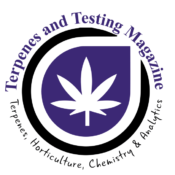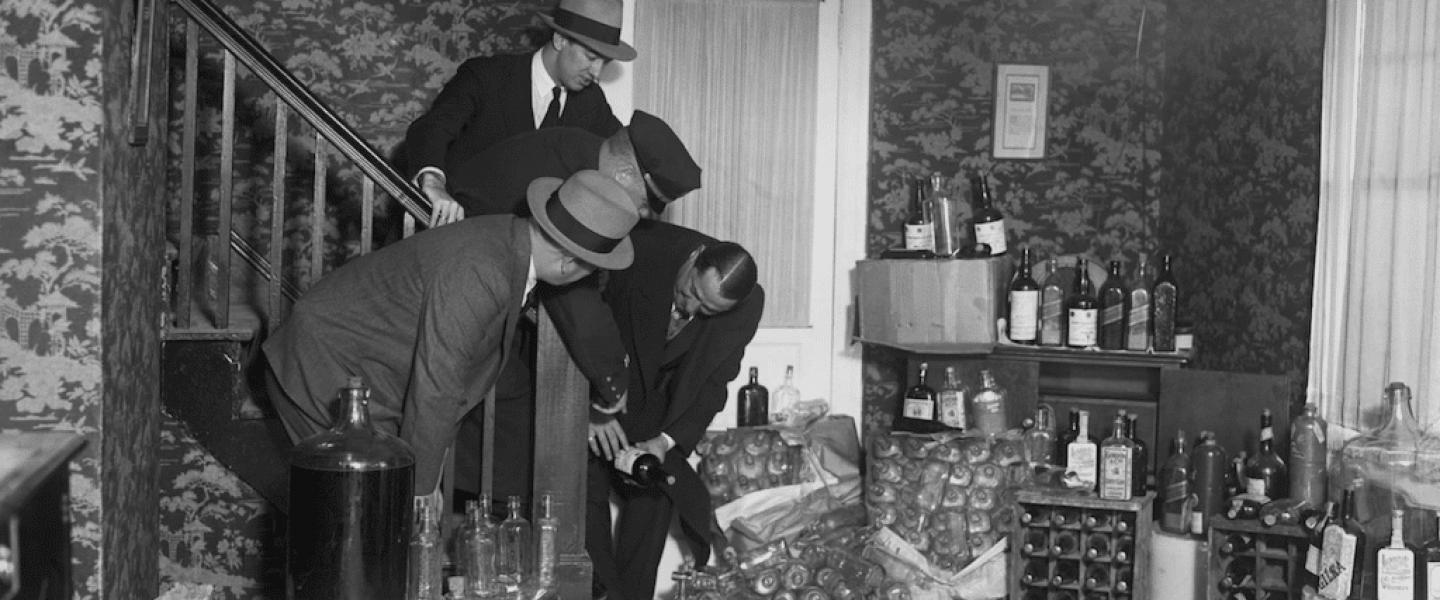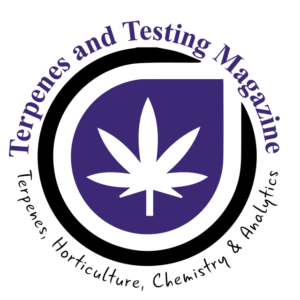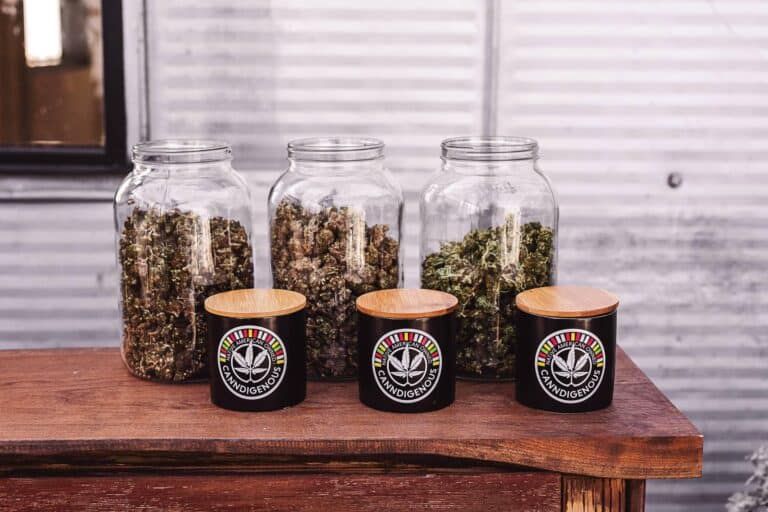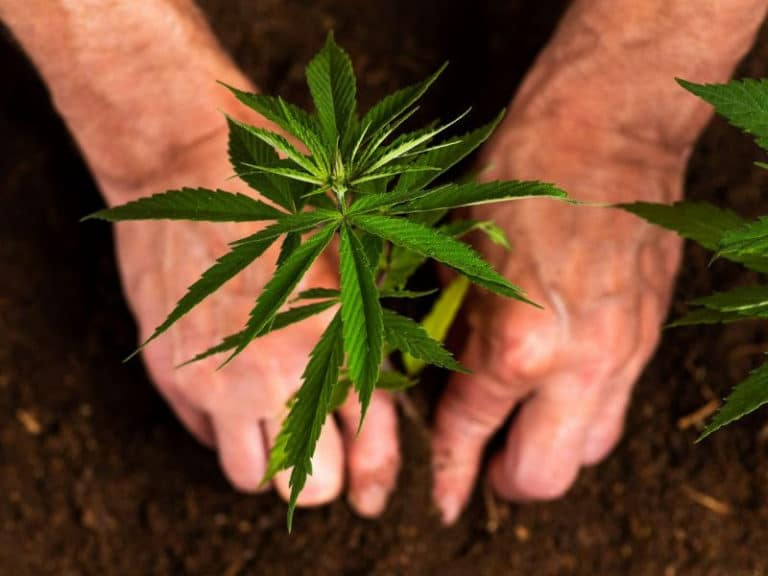It’s not a far stretch of the imagination to envision the days of bootleggers, bottles of moonshine and smoke-filled speakeasy’s and the similarities between today’s legal and illicit cannabis industries. When there is strong demand for any product, a market will develop to create the supply. Whether this market is legal or black matters little to those willing to purchase or provide the commodities in question. Almost 100 years ago, the U.S. government enacted a ban on the production and sale of alcohol that lasted 13 years only to be repealed due to overwhelming public and private insistence. While prohibition on cannabis has lasted much longer, an end is nearing the horizon and lessons learned from the ban on alcohol can provide insight into a thriving industry a century later.
An initial lesson the cannabis industry can apply directly from the era of illegal alcohol is to welcome a broad demographic outside of the typical public proponent of widespread cannabis legalization. Those within the industry know that there exists vast support to legalize on a national and global scale, but stigmas still surround cannabis from an older generation of people accustomed to hearing and believing negative ‘War on Drugs’ type talk.
Alcohol faced a similar situation in the 1930’s when it was again legalized. There had been so much negative press and campaigning against the moral discrepancy of drinkers and how they were outcasts and burdens on society, a philosophy that needed proper repair. Not all drinkers are drunks and not all cannabis users are stoners. This messaging took time and effort to reach the public in the 30’s and will take similar time and effort to impact today’s public sector who may still be on the fence about cannabis legalization.
A key strategy employed by the alcohol industry to combat negative stigmas surrounding the use of its products was to re-educate and inform the public. The cannabis industry of today is utilizing similar tactics to push public perception of the plant from uncertainty to acceptance. With cannabis now legal in many states and available to a far greater amount of global people than ever before, effective resources that highlight the benefits of proper use alongside other information, scientific and otherwise, that portray cannabis in a positive light are essential to educate the public.
Re-education of a once illegal and often denounced product takes a focused approach to conduct properly. Outreach programs, educational services and scientific findings need to be easily available and on full display for public consumption. To shift a substance from stigma to socially acceptable requires more than just legalization and removal of regulations; it needs a dedicated campaign to quell misinformation. The post-prohibition alcohol industry went through such times and succeeded at rebranding to gain public acceptance while laying the groundwork for a now booming business. The era of post-prohibition cannabis is now upon us and to fully develop into a thriving market, this industry can follow the steps the alcohol industry laid out decades ago.
On a more commercial end, today’s cannabis industry faces challenges similar to early alcohol when it comes to marketing and advertising strategies. Traditional tactics to reaching audiences such as television, radio and other mass-market outreach has been off-limits for cannabis companies just as it was for alcohol companies into the late 20th century. Since mainstream media remains a no-go for cannabis advertising, other methods for marketing need to be pursued. Alcohol advertisers explored an alternate avenue in the early 1990’s with the birth of the internet and were able to gain access to a wider public through a newly developed form of mass-media. This eventually led these businesses to be able to advertise on television and gave them a far larger reach than ever before. Cannabis businesses can follow a similar approach and many already have. Social media, email outreach and other online outside-of-the-box marketing approaches have allowed these companies to reach a wide audience without the benefit of mainstream channels. In the near future, further legalization of cannabis may lead to conventional marketing opportunities but for now, the ability to utilize unconventional strategies are paramount to success.
Times change and public trends and desires change right alongside. The end to cannabis prohibition seems more like an eventuality over a possibility than ever before. Similar periods of history can offer insight into current situations and the end of alcohol prohibition in the 1930’s offers a glimpse of the blueprint the cannabis industry can use moving into a bright future. Lessons learned from times of old should not be cast aside as they often hold strong towards the progress of times to come. The bootleggers and moonshiners of the 1920’s turned into the established alcohol industry just as the growers and distributors have become the driving force behind the cannabis business today.
Written by Caleb Summeril, creative copywriter

